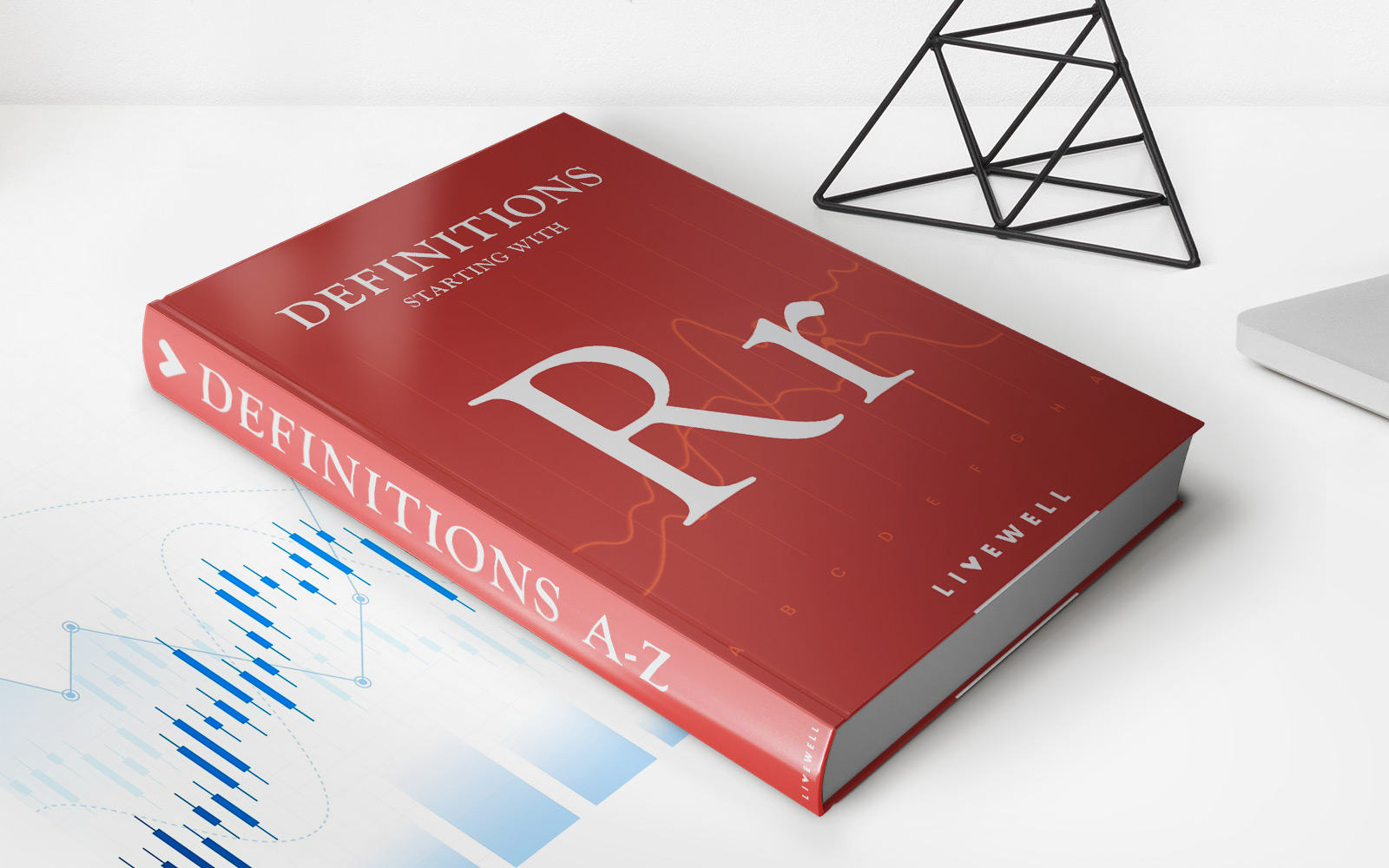Home>Finance>What Is Basel I? Definition, History, Benefits, And Criticism


Finance
What Is Basel I? Definition, History, Benefits, And Criticism
Published: October 14, 2023
Discover the meaning, evolution, advantages, and drawbacks of Basel I in finance. Explore the comprehensive definition, historical background, benefits, and criticism of the Basel I framework.
(Many of the links in this article redirect to a specific reviewed product. Your purchase of these products through affiliate links helps to generate commission for LiveWell, at no extra cost. Learn more)
Introduction
When it comes to regulation in the world of finance, Basel I is a name that frequently pops up. But what exactly is Basel I, and why is it so important in the realm of finance? In this blog post, we will delve into the definition, history, benefits, and criticism of Basel I, shedding light on this crucial pillar of the global banking system.
Key Takeaways
- Basel I is a set of international banking regulations developed by the Basel Committee on Banking Supervision.
- It was introduced in 1988 and aimed to provide a standardized framework for banks to assess and manage their credit risk.
A Brief History of Basel I
Basel I, officially known as the International Convergence of Capital Measurement and Capital Standards, was first introduced in 1988. It emerged from the efforts of the Basel Committee on Banking Supervision, an international group comprised of central bank representatives and banking supervisors from different countries.
The primary goal of Basel I was to promote the soundness and stability of the global banking system by establishing minimum capital adequacy requirements for banks. These requirements were intended to ensure that banks had sufficient capital to absorb potential losses and maintain solvency.
Under Basel I, banks were required to maintain a minimum capital adequacy ratio (CAR) of 8%, which meant that banks had to hold capital equal to at least 8% of their risk-weighted assets (RWA). The risk weighting assigned to each asset class was determined by regulators, and this system allowed banks to allocate capital based on the level of risk associated with their assets.
Benefits of Basel I
Although Basel I has been criticized for its simplicity and limitations, it has also brought several benefits to the banking industry:
- Enhanced Financial Stability: By establishing minimum capital adequacy ratios, Basel I aimed to strengthen the resilience of banks and enhance the overall stability of the global financial system.
- Increased Confidence: The implementation of Basel I provided reassurance to depositors and investors, as it ensured that banks had a minimum level of capital to absorb potential losses. This increased confidence in the banking system and fostered trust among market participants.
- Level Playing Field: Basel I introduced a standardized framework for banks globally, leveling the playing field and promoting fair competition among financial institutions.
Criticisms of Basel I
Since its introduction, Basel I has faced certain criticisms:
- Simplicity: One of the main criticisms of Basel I is its simplicity. The framework uses a one-size-fits-all approach, assigning equal risk weights to different types of assets within the same category. This oversimplification fails to reflect the actual risk characteristics of individual assets, resulting in potential misrepresentation of risk.
- Limited Risk Coverage: Basel I focuses primarily on credit risk and does not adequately address other types of risks, such as operational risk or market risk. This narrow focus limits the effectiveness of Basel I in capturing the full range of risks faced by banks.
- Lack of Flexibility: The rigid nature of Basel I has been a subject of critique. Banks have limited flexibility in determining their capital requirements and risk weights, as these are set by regulators. This one-size-fits-all approach may not accommodate the specific risk profiles and business models of individual banks.
Conclusion
In conclusion, Basel I is a significant regulatory framework that has played a crucial role in shaping the global banking system. Its introduction brought about enhanced financial stability, increased confidence in the banking industry, and a level playing field for financial institutions. However, it also faced criticisms for its simplicity, limited risk coverage, and lack of flexibility. While Basel I has paved the way for subsequent iterations, it serves as a reminder of the ongoing need for robust and adaptive regulatory frameworks in the ever-evolving world of finance.














